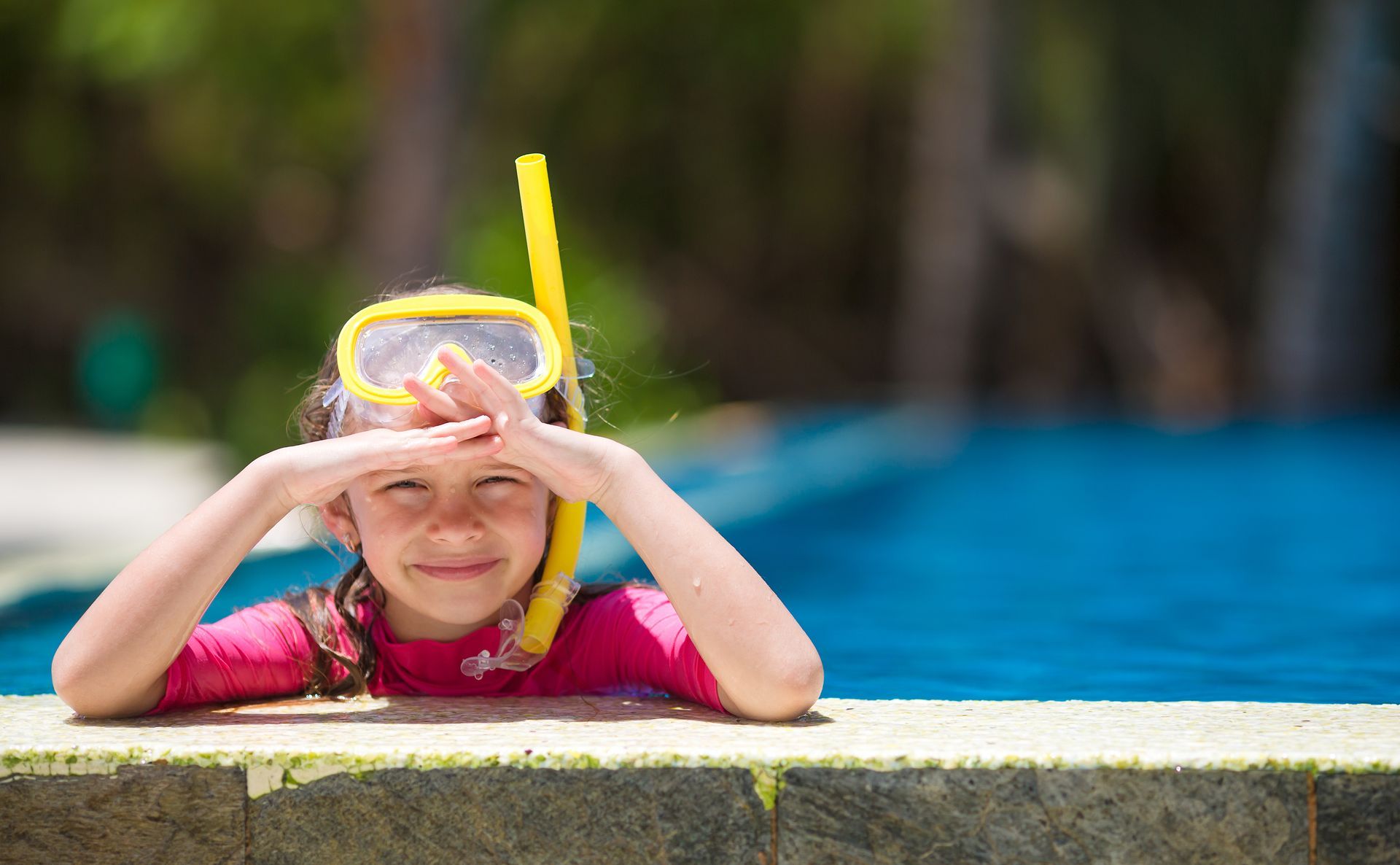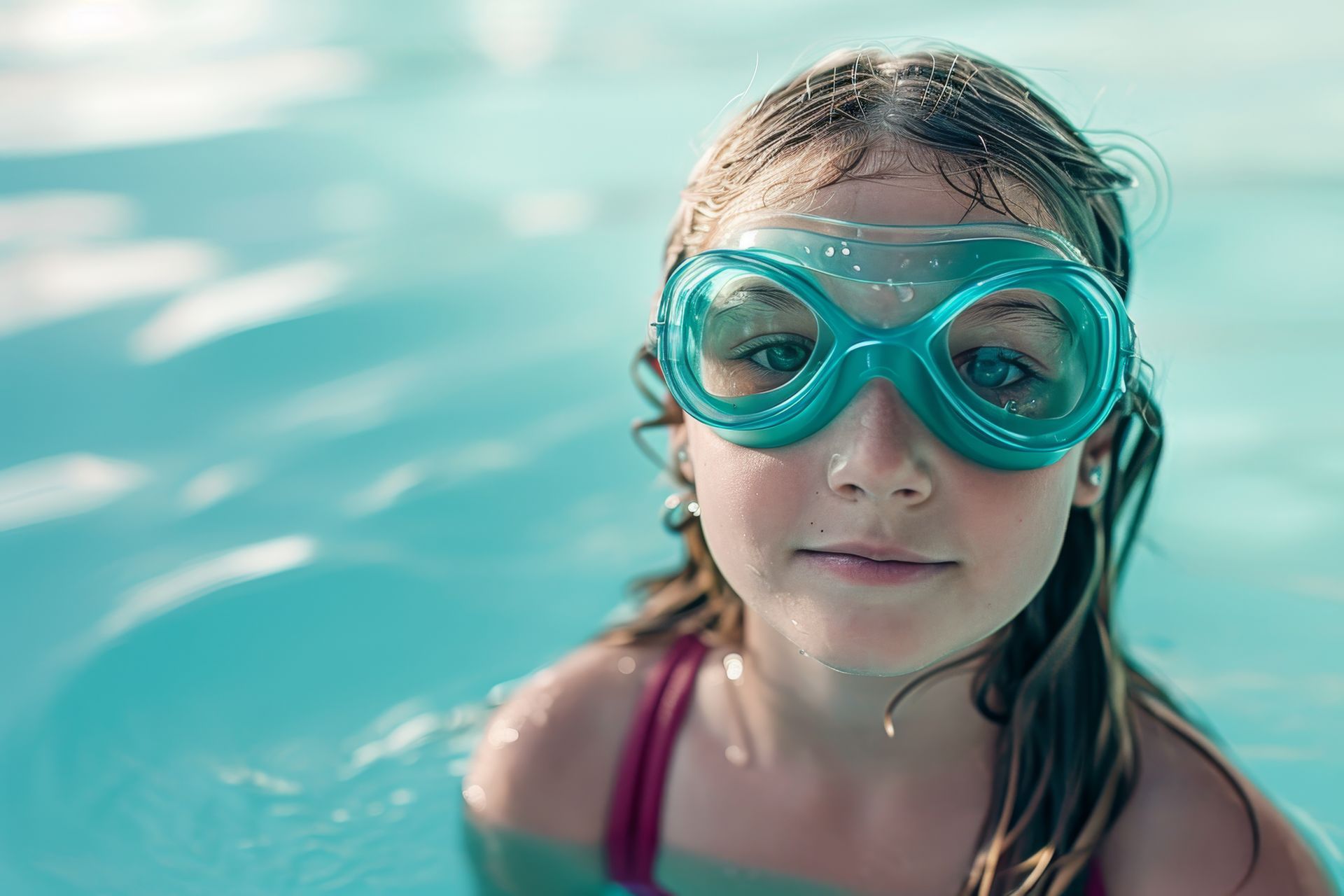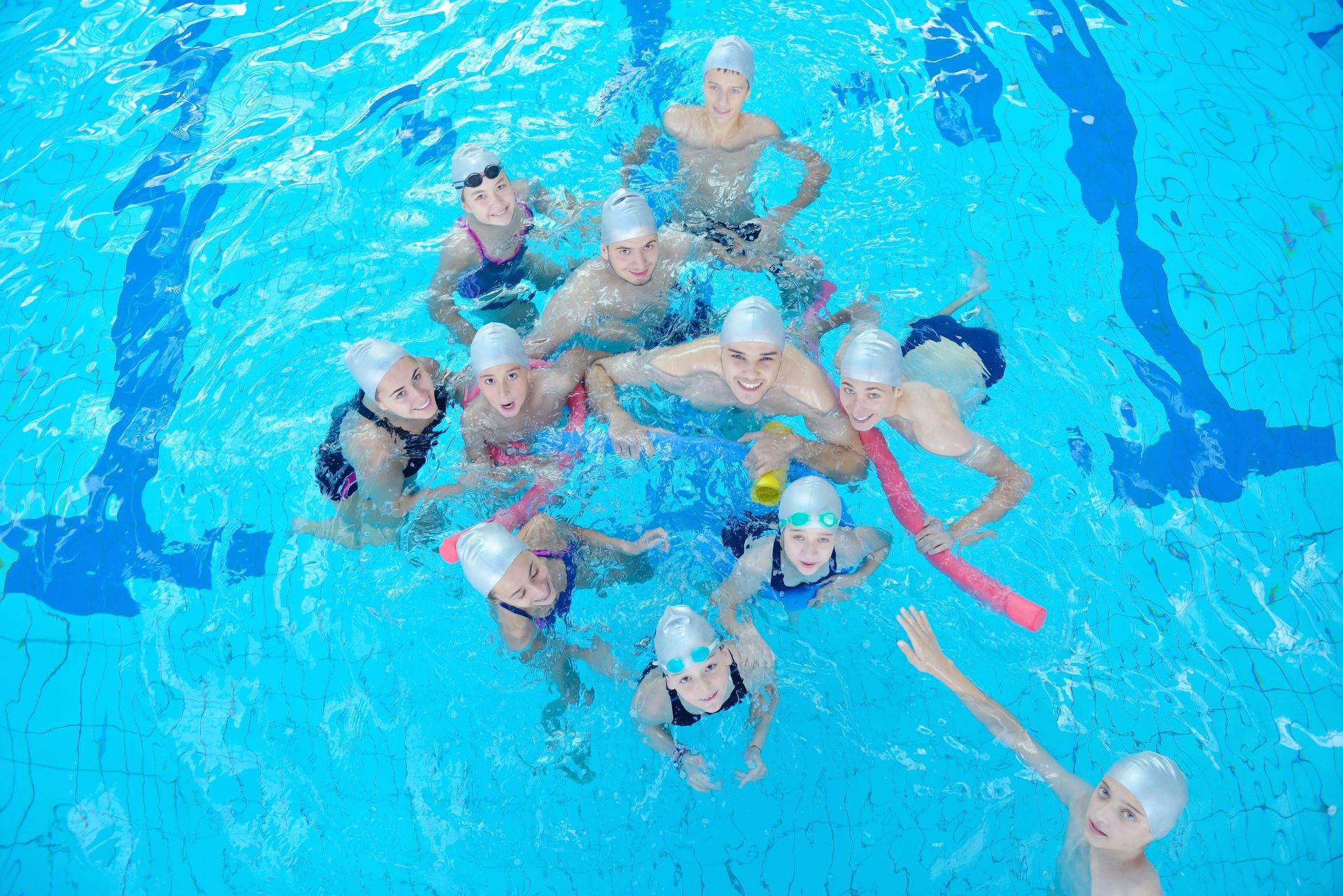How to Choose the Best Wetsuit for Your Needs

Not all wetsuits are created equal. Here are the important features to look for when you are purchasing a wetsuit, along with a few of the best picks for different water sports.
Types and Style
There are a few different types wetsuits. A full wetsuit covers everything but the neck and head, wrists and hands, and ankles and feet. You can add a hood, gloves, and booties if you want entire coverage. A shorty or spring wetsuit has shortened arms and legs. A short John has short legs and no sleeves. A long-john is a full suit but without sleeves. Other options include wetsuit jackets or vests which are great for swimming and doing water aerobics in pools.
When it comes to choosing your personal style, more and more designers are looking to add color and sass to their wetsuit line. If you don’t want to sacrifice style, look to the brands Roxy , Saint Jacques , Cynthia Rowley , and Glide Soul .
Fabric and Construction
Each wetsuit comes labeled with a number rating, which represents the thickness of the material. Thinner suits are best for warm water and thicker suits are rated for cold water.
- Rating 2 = 2mm for water temperatures of the upper 60s to mid-70s
- Rating 4 = 4mm for water temperatures of the mid-50s to low 60s
- Rating 6 = 6mm for water temperatures of the mid-30s to mid-40s
When you see a suit with two or three number ratings, it signifies different thicknesses for the arms and legs.
When considering the construction of a wetsuit, look at the waterproofing of the seams. For warm water, overlock stitched seams or flatlock stitched seams are fine. For colder water, you will want seams that are sealed, taped or glued, and blindstitched.
Fit and Comfort
If your wetsuit fits properly , then you will have less sagging and pooling of water against your body. Also, being able to move and rotate your arms won’t be a problem. When you first try on a suit, you may be surprised at how snug it feels. This is normal, as long as it’s not constricting. When wet, the fabric stretches.
When choosing between a back zipper or a chest zipper, consider comfort and price. Back zip suits are somewhat less expensive and are easier to get on and off. However, they may be less flexible and leaks can be bothersome. Chest zip suits can be tougher to get on and off, but leakage isn’t usually a problem.
Best-Rated Wetsuits
- Best Wetsuit for Casual Swimming and Water Sports: You want a wetsuit that gives broad freedom of movement and low buoyancy so your kick strokes aren’t too high in the water. Try the Exterra Vortex Sleeveless wetsuit.
- Best Wetsuit for Surfing: Surfers want a full or sleeveless wetsuit to help create buoyancy while reducing drag. Try the O’Neill Psycho Tech F.U.Z.E. Closure wetsuit.
- Best Wetsuit for Triathlon: Whether you plan to compete in one triathlon or many, a highly flexible, full wetsuit is the right choice for you as it will be the slightly faster option. Try the Roka Maverick Pro wetsuit.
- Best Wetsuit for Scuba Diving: When looking for a diving wetsuit, you want one that keeps you warm underwater and protects you from sunburn, scrapes, and stings. Try the Scubapro Everflex wetsuit.
There you have it! Now you know everything you need to find the perfect wetsuit for you. To find out more information about what to look for in swim gear, read our other blog posts !
The post How to Choose the Best Wetsuit for Your Needs appeared first on Swim Jim.







